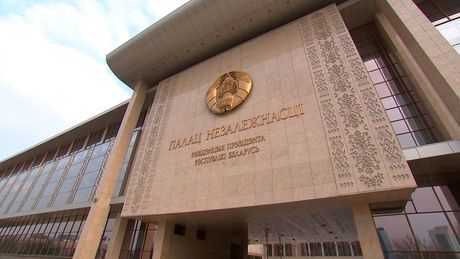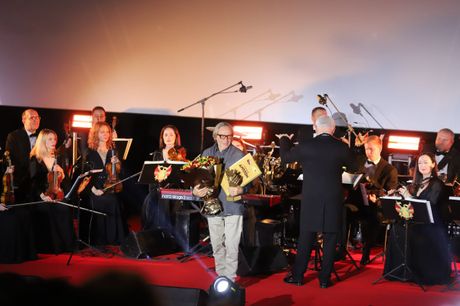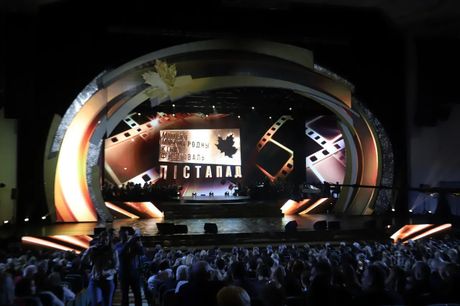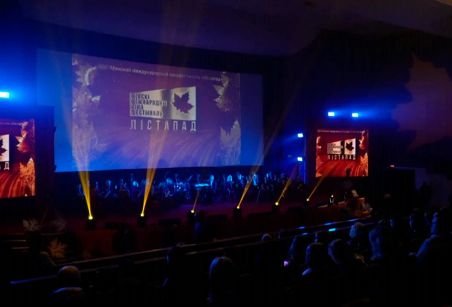About 3m Belarusians to participate in nationwide subbotnik
17:27, 13 April
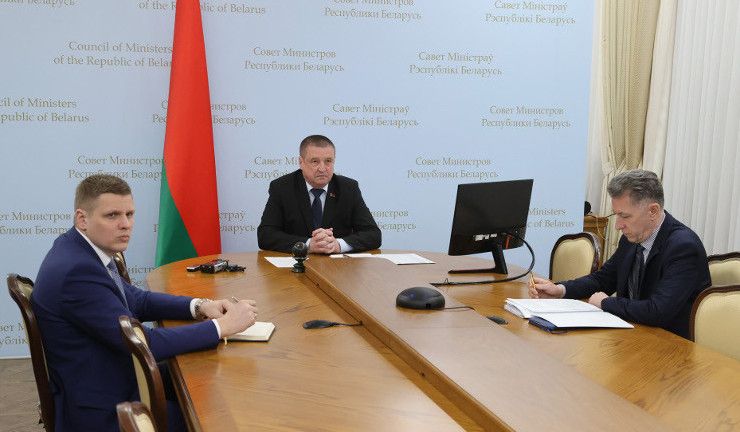
Photo: BelTA.by
About 3 million people will participate in a nationwide subbotnik (voluntary labor day), BelTA learned from Deputy Prime Minister of Belarus Leonid Zayats after a session of the working group in charge of organizing the upcoming subbotnik.
- Share on Facebook
- Share on VK
- Share on Twitter
The head of state backed the government's proposal in favor of organizing the nationwide subbotnik. Leonid Zayats said: “A minister's resolution has been passed. The main tasks have been determined. A large number of people from worker collectives and ordinary citizens are expected to join in the event. A total of about 3 million citizens will take part in the subbotnik.”
In his words, there are plans to raise over Br12 million with this year's subbotnik. Since the event is timed to the Year of Peace and Creation, half of the money will be handed over to the Gomel Oblast administration for the sake of reconstructing a memorial that commemorates Ozarichi death camp prisoners in Kalinkovichi District. Another 50% will be transferred to the Brest Oblast administration for creating a national center for the patriotic upbringing of the youth on the basis of the Kobrin redoubt of the Brest fortress. A nationwide subbotnik held in 2022 generated Br11.7 million and all the money was spent as intended.
Leonid Zayats added: “Citizens are starting to actively participate in the work. We should focus efforts on sprucing up memorial complexes, monuments, sites of military glory of the Great Patriotic War [of 1941-1945]. Apart from that, many people will help plant forests and clean up their populated localities. Vehicles and machines will also be used to make beautification of territories across the country as effective as possible. Apart from that, public transport will deliver people to subbotnik sites. All the safety measures will be in place to avoid accidents.”
A videoconference session of the working group took place in the Council of Ministers on 13 April. Representatives of ministries and municipal authorities presented reports on the decisions that had been made. Worker collectives and cleanup sites were selected.



